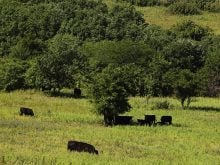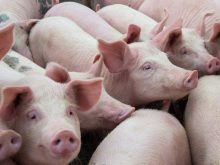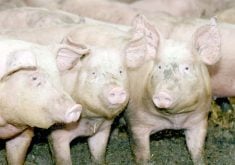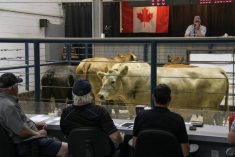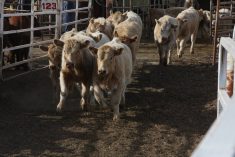More fatal brain wasting diseases in livestock are almost certain to occur in Canada and the United States, says a British biochemist.
“I’d be surprised if you don’t find more and my feeling is you will find more. Once there is one, there is going to be more,” professor David Brown said in an interview June 12.
Based at the University of Bath in Great Britain, the biochemist’s research team looks at prion type diseases and possible connections to copper deficiencies and manganese overload in animal brains.
Read Also
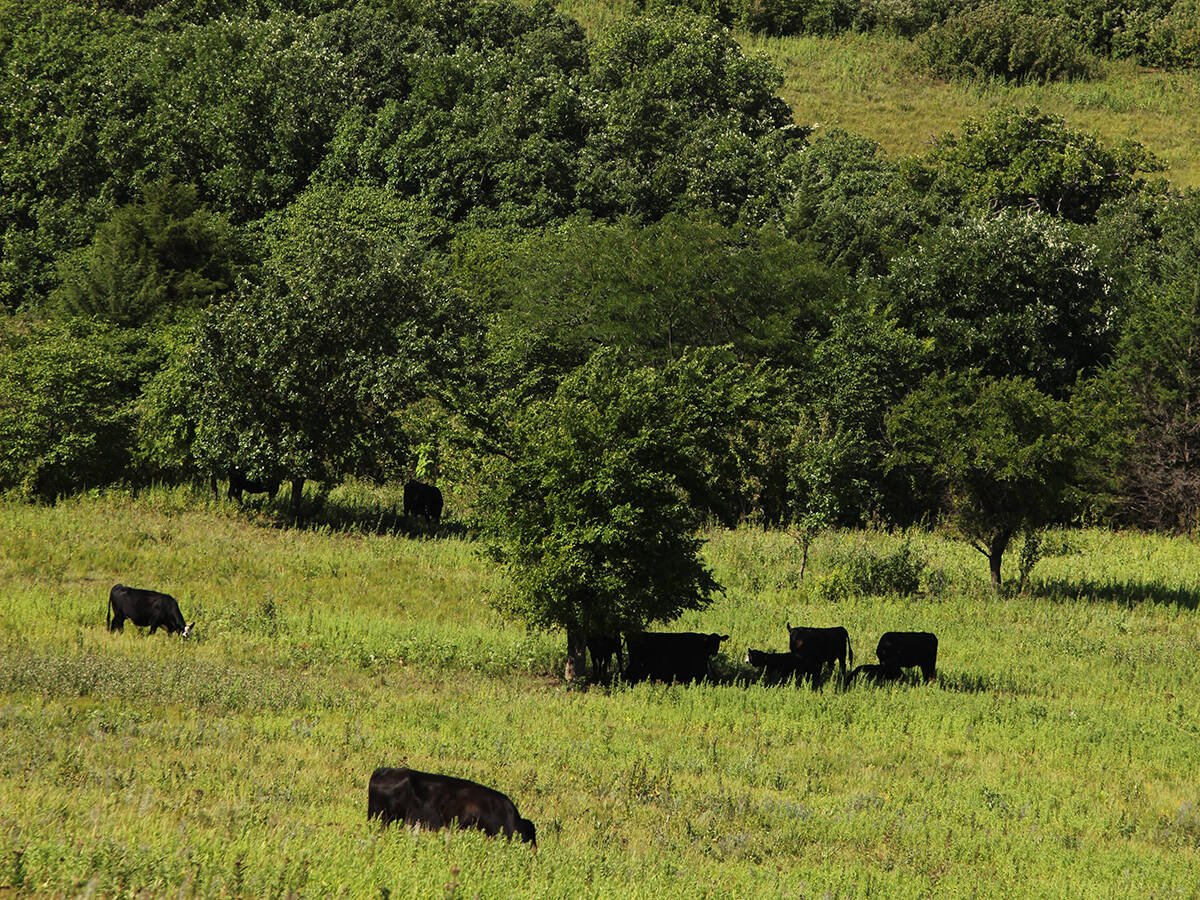
Beef cattle more prone to trace mineral deficiencies
The trace mineral status of our cows and calves is a significant challenge for western Canadian producers and veterinarians.
Brown contends neurodegenerative diseases like bovine spongiform encephalopathy and chronic wasting disease are likely linked to environmental conditions rather than contaminated feed, as most scientists believe.
While at Cambridge University, he discovered prions require copper to develop properly. If copper is low and exposure to high levels of manganese occurs, the prion may bind to manganese and turn into a fatal aberration that wastes away the brain.
While no one knows the cause of diseases like BSE, scrapie or CWD, a small cluster of scientists argues low copper supplies and high manganese levels are common factors among cases around the world.
Brown claims this scenario exists in Colorado and Wyoming, where about one percent of the deer have been infected with chronic wasting disease.
Manganese poisoning could be linked to the soil, water or even industrial emissions.
A genetic factor may also cause susceptibility to the disease.
“Certain breeds of sheep are more susceptible to scrapie than others. It all depends on the prion genes,” he said.
Brown disagrees with the commonly accepted theory that feeding cattle contaminated protein manufactured from BSE infected animals causes BSE in cattle and its human equivalent, variant Creutzfeldt-Jakob disease.
Those links do not make sense to him from a biological perspective.
“The intestine breaks down proteins and degrades them into smaller parts so it seems almost impossible that any amount of protein could get into the body and have an effect in the brain simply by eating meat,” he said.
He does agree with the British decision to keep all animals more than 30 months of age out of the food chain. The mandatory slaughter program for all culls keeps the disease under control.
Brown is also working on a blood test that does not require slaughter to diagnose the disease.
“One day we might have a test and that will revolutionize things and animals can be screened,” he said.
Investigating alternative theories makes research funding hard to come by.
“It is often very difficult to get ideas that are off the mainstream funded, especially when there is such a force against you,” he said.
Skepticism has dogged British farmer Mark Purdey for nearly 20 years.
Four of his dairy cows succumbed to BSE in the mid-1980s.
Purdey theorizes the problem started around 1981 when the British ministry of agriculture implemented a warble eradication program using an organophosphate-based insecticide. As a systemic pour-on compound, the insecticide was absorbed through the animal’s skin and eventually inhibited its ability to use copper.
Many scientists dismiss his theories, arguing the destruction of brain tissue from organophosphate differs from BSE symptoms.
“This disease, as far as I am concerned, is caused by a mineral imbalance to the brain,” Purdey said.
He supports the theory that a copper-starved prion was forced to bind to manganese.
“When the protein loses its copper, it can no longer conduct the electromagnetic energy from the sunlight through the body.
“The mineral imbalance of the brain is impaired and compromises the brain. It can’t deal with loud noises and bright light,” he said.
Impaired vision is one of the early signs of BSE.
Purdey rejects the contaminated feed theory. He said the 1988 feed ban removing ruminant protein from cattle diets assured trading partners the disease was under control. Later, the U.K. banned all animal byproducts from livestock feed.
He believes encephalopathies are linked to modern industrial development. Manganese emissions from steel or petrochemical refinery processing may also have a connection.
Further, he argues the British government did not want to admit its insecticide program was responsible, which would leave it liable for compensation and open to disgrace.
“No government would want to admit their compulsory insecticide control program was to blame,” he said.
Purdey’s research has taken him around the world. He connected a number of environmental triggers that he said led to the disease that eventually cost Great Britain more than $14 billion through research, compensation, loss of beef markets, animal tracking and mandatory slaughter of cull animals.
He said if Canada properly investigates the issue, it will likely find a low copper, high manganese link.
Canadian plant pathologist and virologist Ieuen Evans supports the copper deficiency theory.
Retired from Alberta Agriculture, Evans is a private consultant with Agri-Trends Agrology Ltd. in Red Deer. He made his career advocating copper supplementation for cereal crops. When wheat and barley take up adequate copper, they are less likely to get ergot infection and can produce higher yields.
He contends the probable birthplace of Canada’s lone BSE case in northwestern Saskatchewan is highly deficient in copper. Nearly half the prairie soils are low in copper.
“Some of the Prairies are horrendously deficient in copper and the most copper-deficient areas are in that Wainwright-Lloydminster-Sand Hills area,” he said.
While dairy and feedlot animals receive scientifically balanced rations, cow-calf operations often use homegrown feeds grown on copper-deficient soil.
The disease requires a series of events like stress, mineral deficiency or other environmental factors to occur.
“I’m not saying copper causes chronic wasting disease, scrapie or mad cow, but it is one of the stress factors in that system that can predispose them to scrapie,” he said.
“It takes a series of catastrophes to cause that aberrant case.”
Copper deficiency in cattle causes circles around the eyes and discoloured hair. For example, a Holstein would appear grey and black rather than white and black.
Chronic wasting disease has devastated the Canadian deer and elk industries. Wild animals graze over wide areas and obtain enough trace metals. Game-farmed animals are often pastured on poor soil and may suffer deficiencies unless they receive supplements, Evans said.
He agrees more cases could appear in Canada and the U.S. Most people quietly dispose of sick and dying cows that could already have had BSE.
“Statistically, there should be 50 mad cows in the U.S. right now,” Evans said.
It is highly unlikely the Canadian case came from the feed, said Evans.
“It is a genetic breakdown that can be caused by stress or some environmental factors of which copper is the most highly suspicious.
“They better copper up the cattle.”
However, Evans supports a meat and bone meal feed ban. Animals should not be subjected to cannibalism because this invites other disorders. Instead of feed, the byproducts should be turned into fertilizer.



